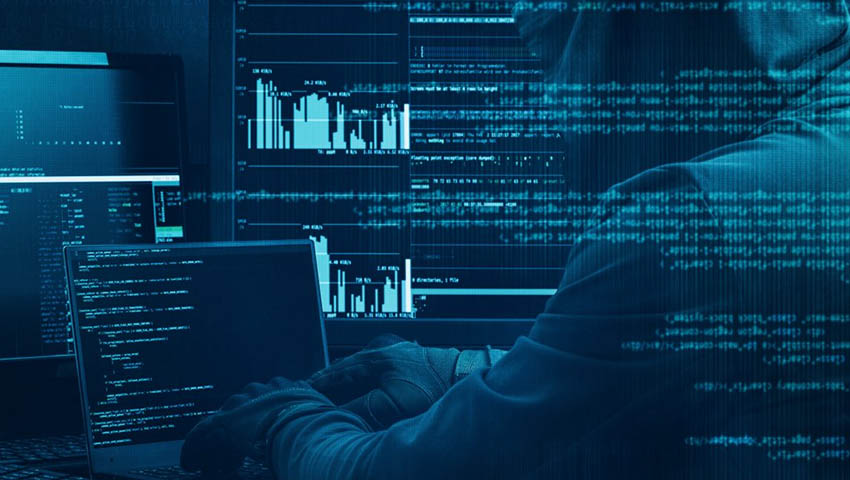What’s a greater threat to modern Australia, cyber or nuclear war? Former intelligence officer John Powers examines the question in last week’s ASPI The Strategist.
When making an assessment on the sturdiness of a nation’s security apparatus, one must analyse how the most and least likely scenarios, as well as the worst possible case scenario, will test the resilience of a nation’s infrastructure.
With the ever-evolving technological landscape that the modern, globalised and interconnected world finds itself in, what poses a greater threat to the modern nation – a nuclear or cyber war? John Powers, former intelligence officer and associate of Connect2Effect, examined this question for ASPI’s The Strategist last week.
Fortunately for the world and her inhabitants, the fear of mutually assured destruction initiated by a nuclear war was enough to dissuade global super powers from launching nuclear strikes. Despite the number of tense stand offs between the Soviets, the US and their respective allies throughout the Cold War, both sides were restricted in the knowledge that a nuclear strike would spell an end not only their enemies, but themselves.
“Nuclear weapons remain the most physically destructive instruments of war ever invented, but, as the Cold War showed, they also have a stabilising effect because they make conflict escalation, potentially, too costly,” Powers writes.
“In many respects, the fear of MAD remains the check and balance for those nations with a nuclear capability today.”
Considering the threat of mutually assured destruction from nuclear war and the costliness of a physical confrontation, perhaps the most likely threat faced by Australia is informational.
In recent history, state and non-state actors have successfully launched numerous cyber attacks on national infrastructure systems, Mr Powers demonstrates. These include the WannaCry malware that attacked the British National Health System, NotPetya that sought to attack the Dutch and Ukrainian energy grid, or troll farms such as Secondary Infektion stoking extreme global tensions.
Powers raises the point that the fallout of these cyber-based incursions could result not only in devastating impacts to national infrastructure, but also on global cohesion.
While the Five Eyes nations have extremely sophisticated monitoring capabilities for nuclear weapons, a number of malicious cyber attacks have managed to seep through the net – proving their growing efficacy in modern warfare. As such, many of Australia’s enemies are using cyber and information warfare to gain a competitive advantage over our traditional hard-power alliances.
“They’re employing innovative combinations of economic espionage and supply-chain manipulation to access our critical infrastructures,” Powers writes.
“Today, we are more likely to be affected by the burst effects of a Twitter or malware blast much more than by a nuclear or conventional blast. Even more alarming is that, unlike the indications and alerts associated with a nuclear attack, all a nation-state or terrorist group needs is access to an internet connection and some disruptive messaging or malware and the strike can commence with virtually no warning.”
One must always assess the most likely, least likely and worst case scenarios. Powers firmly notes that Australia’s most likely threat in the modern era originates from online information-warfare, while the threat of nuclear war or a physical altercation remain far lower.
[Related: ‘Crisis’ of American power reveals dependence of global allies]


